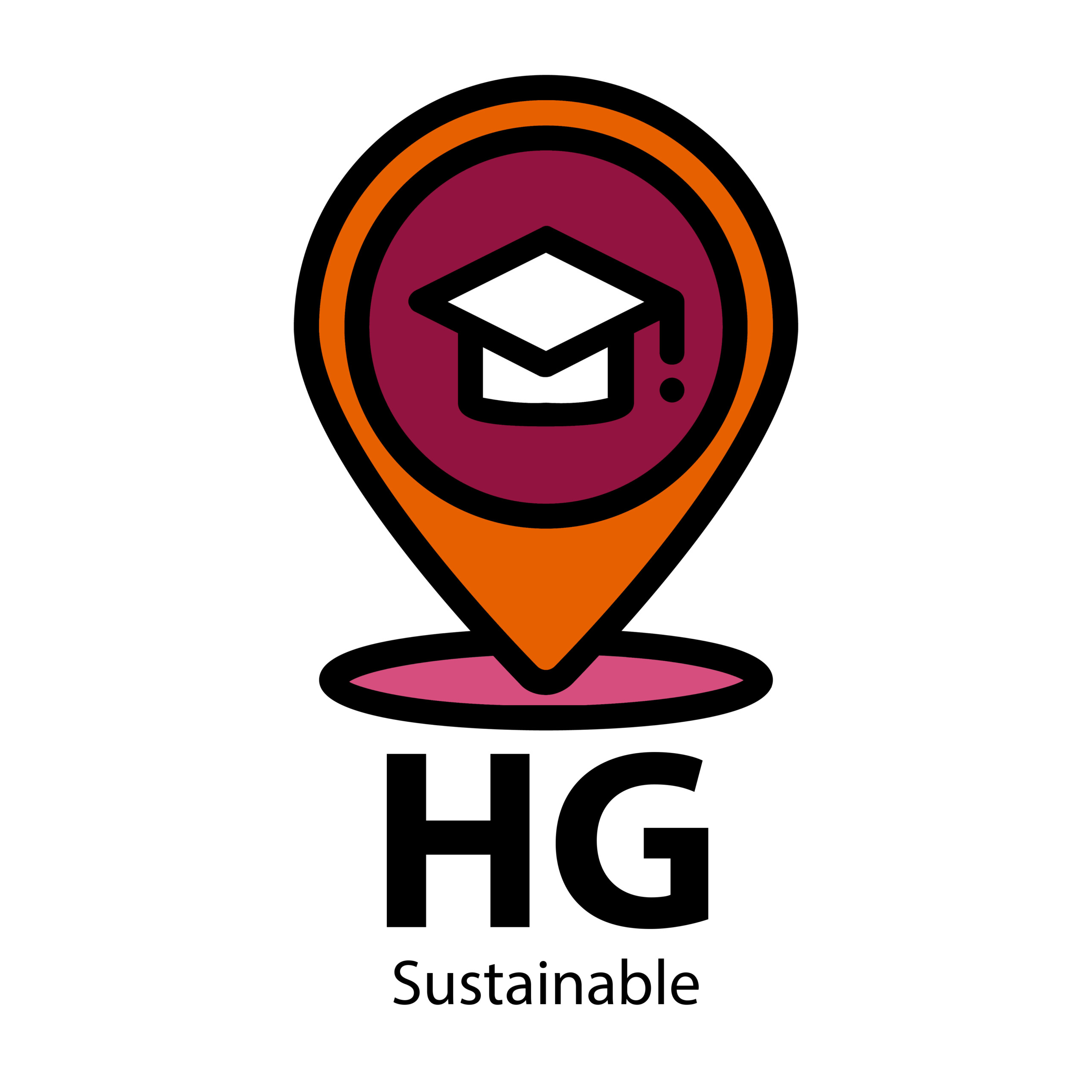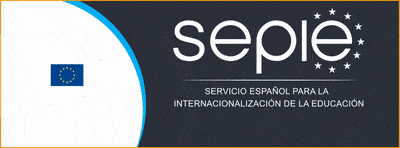Quality Education and Social Impact Measurement Models
Home Community › Forums › Social impact measurement models › Quality Education and Social Impact Measurement Models
-
AuthorPosts
-
May 8, 2024 at 10:39 am #13074
 MaríaParticipant
MaríaParticipantThe relation between social impact measurement models and quality education lies in their mutual objective of assessing and improving outcomes that contribute to societal well-being, particularly in the realm of education. Here’s how social impact measurement models intersect with the pursuit of quality education:
1. Outcome Measurement: Social impact measurement models provide frameworks for assessing the outcomes and impacts of educational interventions. In the context of quality education, these models help identify and measure the educational outcomes achieved by students, such as improved literacy rates, enhanced critical thinking skills, and increased access to educational resources.
2. Evaluation of Interventions: Models like Theory of Change (ToC) and Logic Models help educational organizations and policymakers understand the inputs, activities, and outputs of educational programs, as well as their intended outcomes and impacts. By evaluating interventions against these frameworks, stakeholders can identify what works, what doesn’t, and why, leading to more informed decision-making and program improvement.
3. Resource Allocation: Social impact measurement models assist in allocating resources effectively to maximize the social returns of educational investments. By quantifying the costs and benefits of educational programs through models like Social Return on Investment (SROI) and Benefit-Cost Analysis (BCA), decision-makers can prioritize initiatives that deliver the greatest impact per unit of investment, thereby enhancing the quality and efficiency of education delivery.
4. Accountability and Transparency: Models such as Social Accounting and Audit (SAA) promote accountability and transparency in educational institutions by systematically capturing and reporting on their social and environmental performance. This allows stakeholders to assess the extent to which educational organizations are achieving their stated goals, including those related to quality education, and hold them accountable for their outcomes.
5. Alignment with Sustainable Development Goals (SDGs): Social impact measurement models often align with global frameworks such as the SDGs, which include Goal 4: Quality Education. By using these models to measure progress towards educational targets set out in the SDGs, policymakers and educators can track their contributions to broader societal objectives and ensure that efforts are directed towards achieving quality education for all.
In summary, social impact measurement models provide valuable tools for assessing, improving, and maximizing the impact of educational interventions, thereby contributing to the promotion of quality education and its positive outcomes for individuals and societies.
May 8, 2024 at 10:46 am #13075 MaríaParticipant
MaríaParticipantHOW CAN SOCIAL IMPACT MEASUREMENT MODELS LIKE THEORY OF CHANGE (TOC) AND LOGIC MODELS BE APPLIED TO IMPROVING THE QUALITY OF EDUCATION?
For instance, a nonprofit organization implements a literacy program in primary schools in a low-income community. The program includes activities such as teacher training workshops, provision of reading materials, and after-school literacy clubs for students.
Theory of Change (ToC):
1. Inputs: Resources invested in the program, including funding, staff, materials, and community partnerships.
2. Activities: Training workshops for teachers on effective literacy instruction techniques, distribution of age-appropriate reading materials to schools, establishment of after-school literacy clubs.
3. Outputs: Number of teachers trained, quantity of reading materials distributed, participation rates in literacy clubs.
4. Outcomes: Improved teaching methods, increased access to reading materials, enhanced literacy skills among students.
5. Impact: Higher literacy rates among primary school students, leading to improved academic performance and future opportunities.
Logic Model:
1. Inputs: Funding, staff, materials.
2. Activities: Teacher training, provision of reading materials, establishment of literacy clubs.
3. Outputs: Number of teachers trained, quantity of materials distributed, number of literacy club sessions held.
4. Outcomes: Improved teaching practices, increased student engagement with reading materials, enhanced literacy skills.
5. Impacts: Higher literacy rates, improved academic achievement, long-term educational and socioeconomic benefits for students and communities.
Evaluation:
– Through surveys, interviews, and assessments, stakeholders evaluate the effectiveness of each program component.
– They compare actual outputs and outcomes against the expected outcomes outlined in the ToC and Logic Model.
– Data analysis reveals areas of success and areas for improvement, such as identifying which teacher training methods were most effective or which types of reading materials were most engaging for students.
– Based on this evaluation, adjustments can be made to the program design, implementation strategies, or resource allocation to enhance its impact on literacy rates.
By using ToC and Logic Models to evaluate the literacy program, educational organizations and policymakers gain insights into what aspects of the intervention are working well and why, enabling them to make informed decisions and improve program effectiveness over time.
-
AuthorPosts
You must be logged in to reply to this topic.




